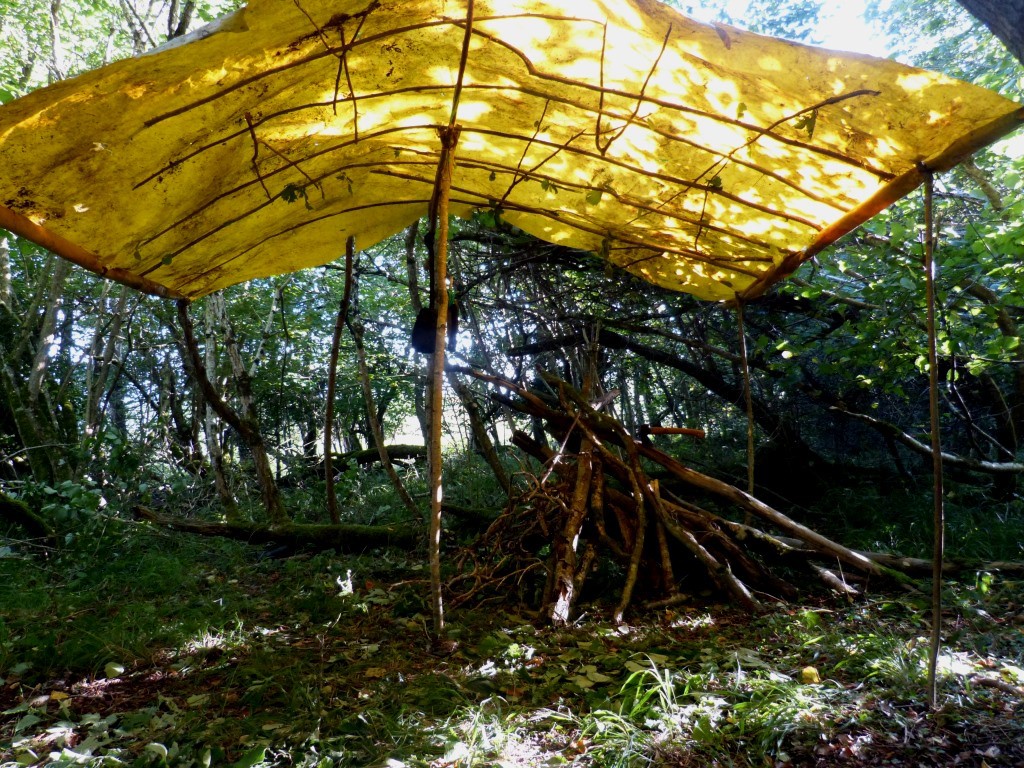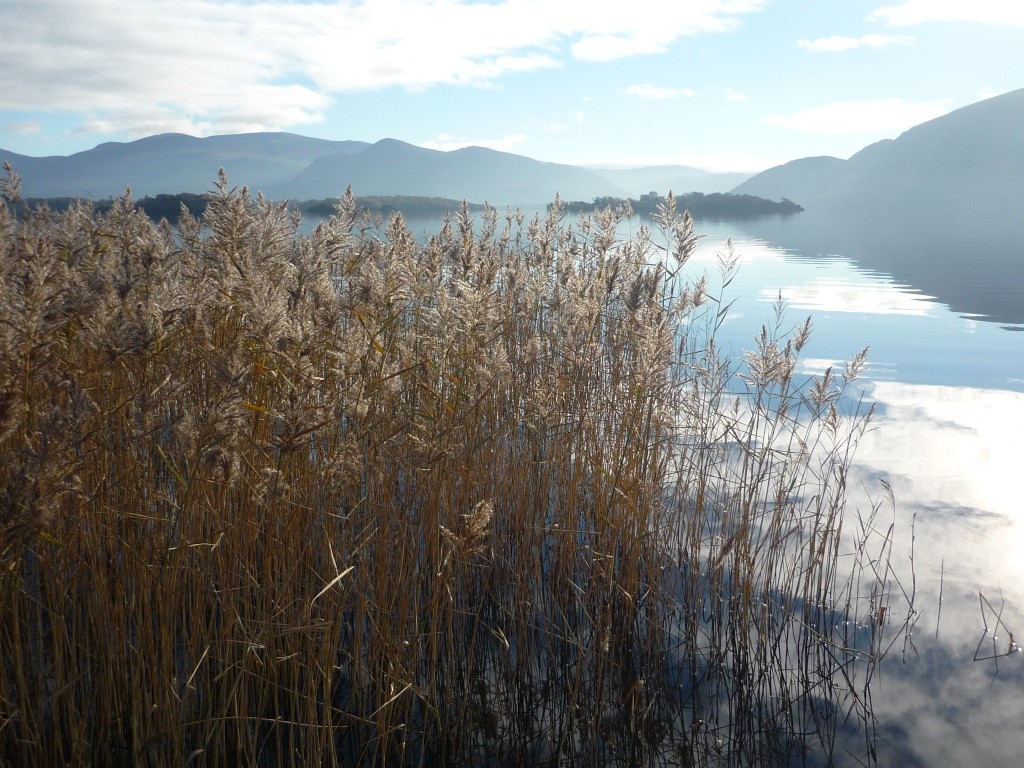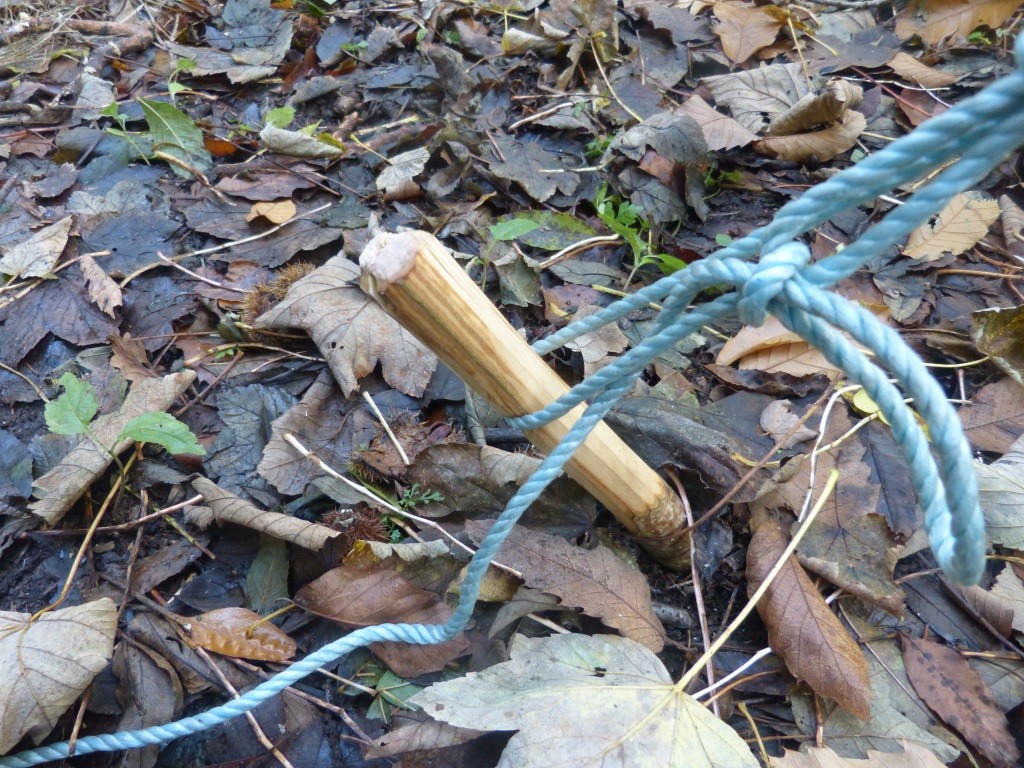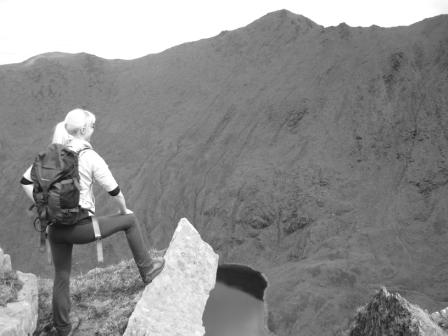By Sean Fagan

Let the adventure begin - on a boat to Ireland's Eye. From left - my brother, my nephew and my brother's partner (Photo: Sean Fagan).
.
.
Some thoughts on an outdoor trip with my 7 year old nephew
&
10 tips on making the outdoors more enjoyable for children
.
When practical, I’m a big fan of bringing children into wild areas.
Of course, when it comes to bringing children outdoors - safety and common sense is a top priority.
Nevertheless, children are generally far more resilient and capable of tackling outdoor challenges than is often perceived.
Recently, my brother, his partner and myself – brought my 7 year old nephew on a boat trip to Ireland’s eye (a small, uninhabited island off the coast of county Dublin, Ireland).
As soon as the boat was docked – we set off exploring the island despite strong sunshine and very warm temperatures.
Learn more about our island adventure...
and 10 tips on making the outdoors more enjoyable for children.






Recent Comments